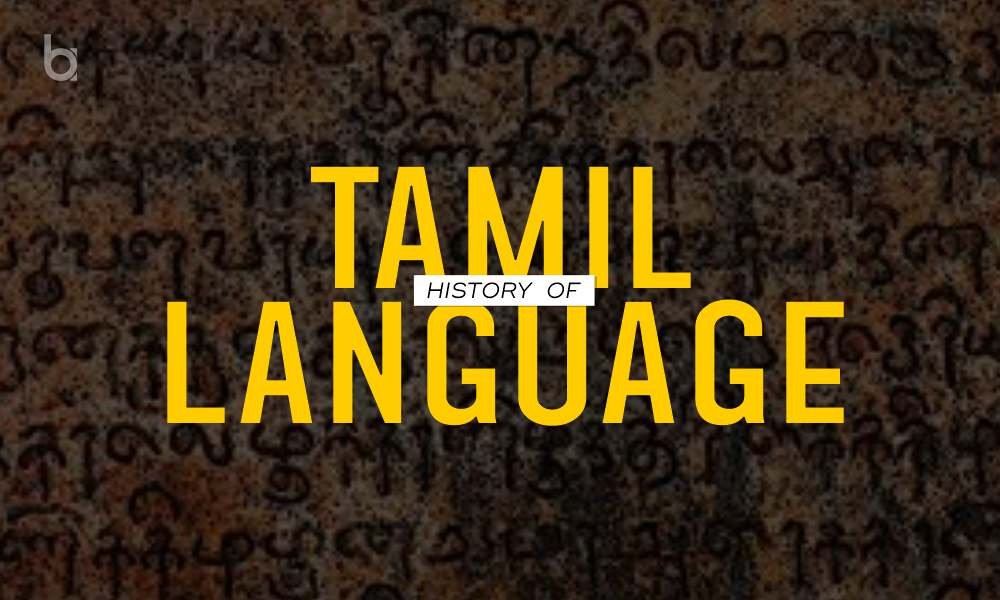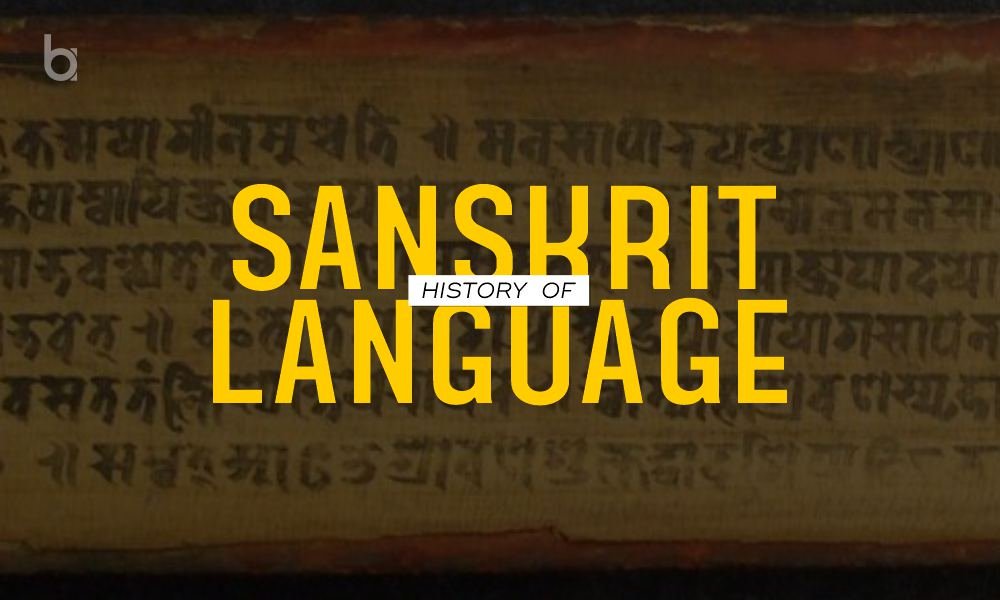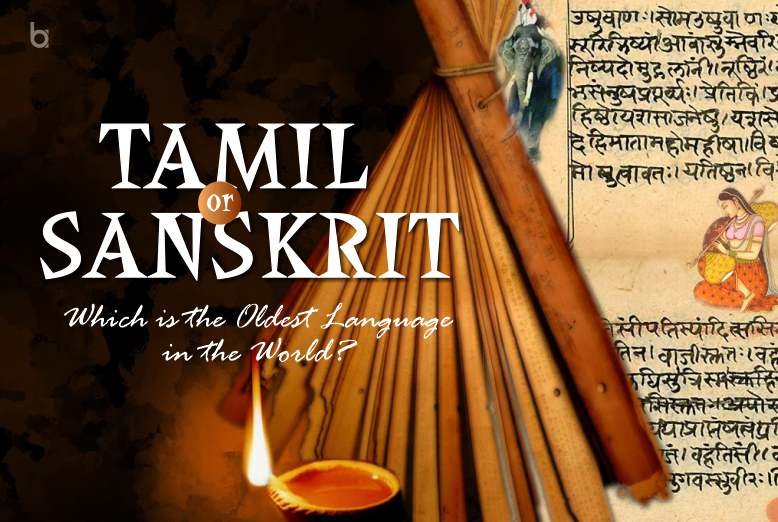Though it has lasted for centuries, the argument over the oldest language in the world is not as old as the language itself. While many contend that Sanskrit is the oldest language in the world, others strongly disagree, claiming that Tamil is the oldest language ever spoken. This conflict has existed for a very long time between languages that deserve respect for their crucial contributions to the discovery of history.
From South Asian writers to online users to members of Indian political parties and the Constituent Assembly, the argument between the two languages carries on. The right response can benefit from this knowledge of the languages’ histories. In this blog, we take the bridge to the past of these enduring languages and their notable literary associations to find out which is the oldest language in the world.
History of Tamil Language

There are 215 million people who speak Tamil among the 70 Dravidian languages that are spoken in India, Pakistan, and Sri Lanka. According to Britannica, the phonology and grammar of the Dravidian and Indo-Aryan languages merged in the second millennium BCE. Dravidian speakers were present in southern India even before the Aryans suggest these languages predated Sanskrit by a significant amount. Their rich literary legacy dates back to the early Christian era, and their language past does as well.
Since Tamil literature was recorded for over 2000 years, it is the oldest in all of India. Tolkappiyam is, in fact, the first text in Tamil that exists. It was written between the first and fourth centuries CE and discusses grammar and poetics, which were epic or religious. Even though they were inspired by Sanskrit grammar from the 5th century BCE, some inscriptions on the stone are dated as far back as the third century BC, according to certain sources.
Even though Tamil is the official tongue of Tamil Nadu and Pondicherry, the phonology of the northern, western, and southern speech areas differs significantly. The first Indian language to attain classical status was Tamil. Singapore and Sri Lanka both have it as a national language. It has many speakers in South Africa, Fiji, Mauritius, and Malaysia. Tamil is known as the language that has survived the longest, with over 70 million speakers worldwide.
History of Sanskrit Language

An ancient language of India, Sanskrit first appeared in writing around 2000 BC. Sanskrit, which the Europeans used as the foundation for their own languages, is frequently regarded as the oldest language in the world. Idea of Sanskrit being the root language of all languages is prevalent in many cultures. “The word “Sanskrit” is derived from the prefix “Sam,” which means “samyak.” This denotes “completely,” and “krit” denotes “done.” The earliest written works in the ancient Indo-Aryan language were composed in Vedic Sanskrit. This is frequently seen in holy books, especially the Rigveda.
The sacred Vedic writings sparked a new tradition. It’s interesting to note that language was developed from the study of the way the human tongue naturally produces sounds. Vedic Sanskrit compositions showed their extensive work on rich commentarial literature, semantics, and language philosophy. In addition, Sanskrit literature included ancient plays, poems, and philosophical and religious writings. The goal of the language was to highlight the significance of its literature through calming tonalities.
Therefore, Vedic Sanskrit has thousands of words for the expression of a single simple meaning and has philosophical phrases that are not found in any other language.
The 52 letters that make up Sanskrit are said to have stayed stable throughout the language’s history. Many people think Sanskrit is the most ideal language for word development and pronunciation because it was not altered.
Sanskrit as a Liturgical Language

Sanskrit is frequently referred to as “the mother of all languages,” but it is not as commonly used as Tamil. It has been used for communication in Jainism, Buddhism, Hinduism, and Sikhism for over 5,000 years. Sanskrit in whatever form is now regarded as liturgical. Since it is used in both written and oral religious contexts, it is a sacred language.
For the fear of losing accuracy and authenticity, translations of sacred languages are rarely done. However, the early Sanskrit is still devoid of influences. Therefore, most bhajans, shlokas, stotras, and kirtans, which are genres of Carnatic music and many hymns, songs, and mantras that praise God, use the liturgical language.
Sanskrit is therefore considered sacred and is used as an official language in India. In 2005, it was designated as a classical one. Although Sanskrit has a remarkable body of literature and a 5,000-year-old history, it is not the oldest language in the world. This is because Sanskrit is now being used for religious ceremonies and worship rather than for daily conversation.
Which is the Oldest Language in the World?
Tamil is arguably the oldest language in the world, and its pronunciation is very similar to that of Italian. Sanskrit is a sacred language of religious devotion and is not employed in regular discourse, although both languages are 5,000 years old. It is important to note that neither Tamil nor Sanskrit is related to one another. The existence of a shared ancestral language between them has not been established.
ALSO READ: 10 Life-Changing Lessons From The Biography Of A. P. J. Abdul Kalam















